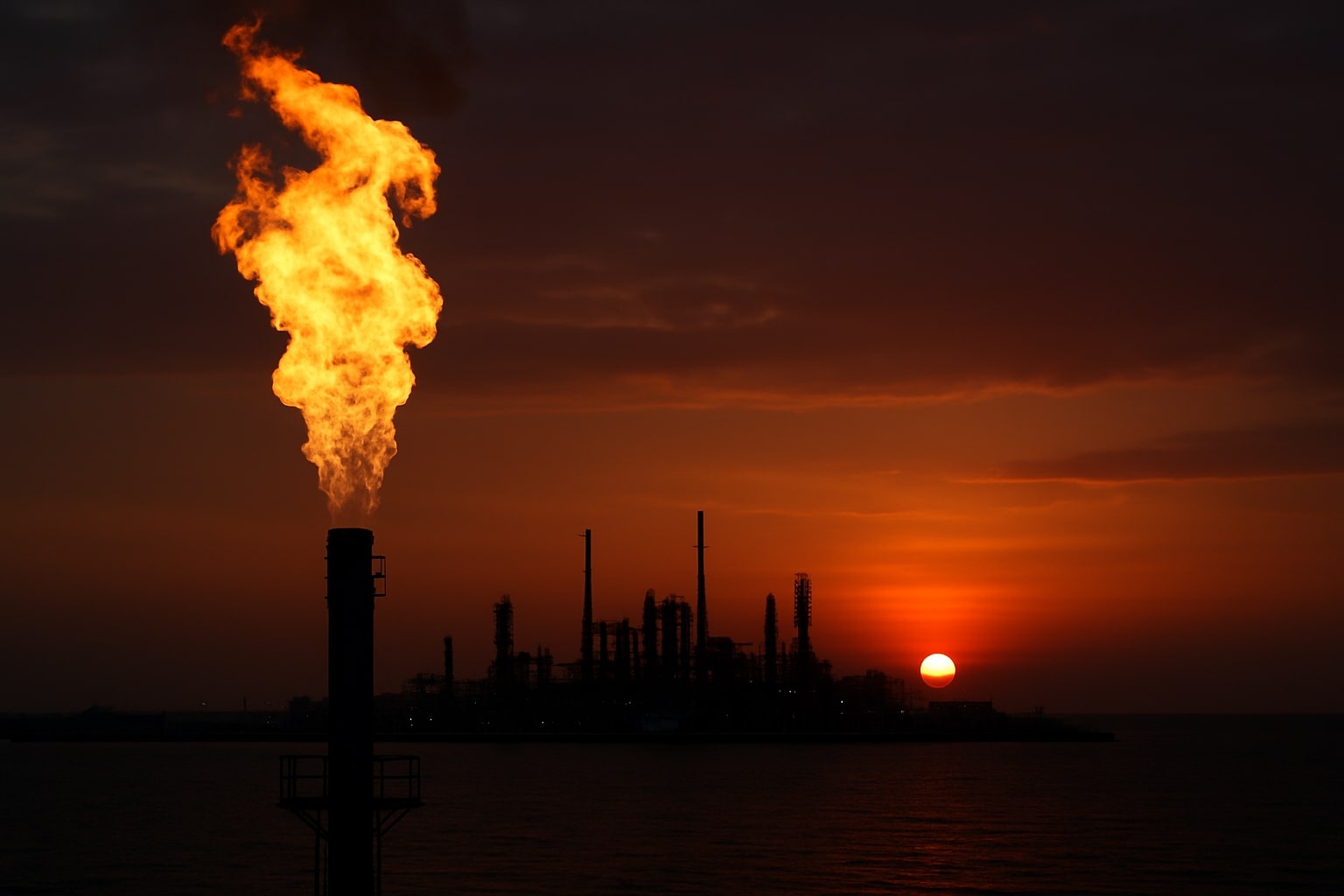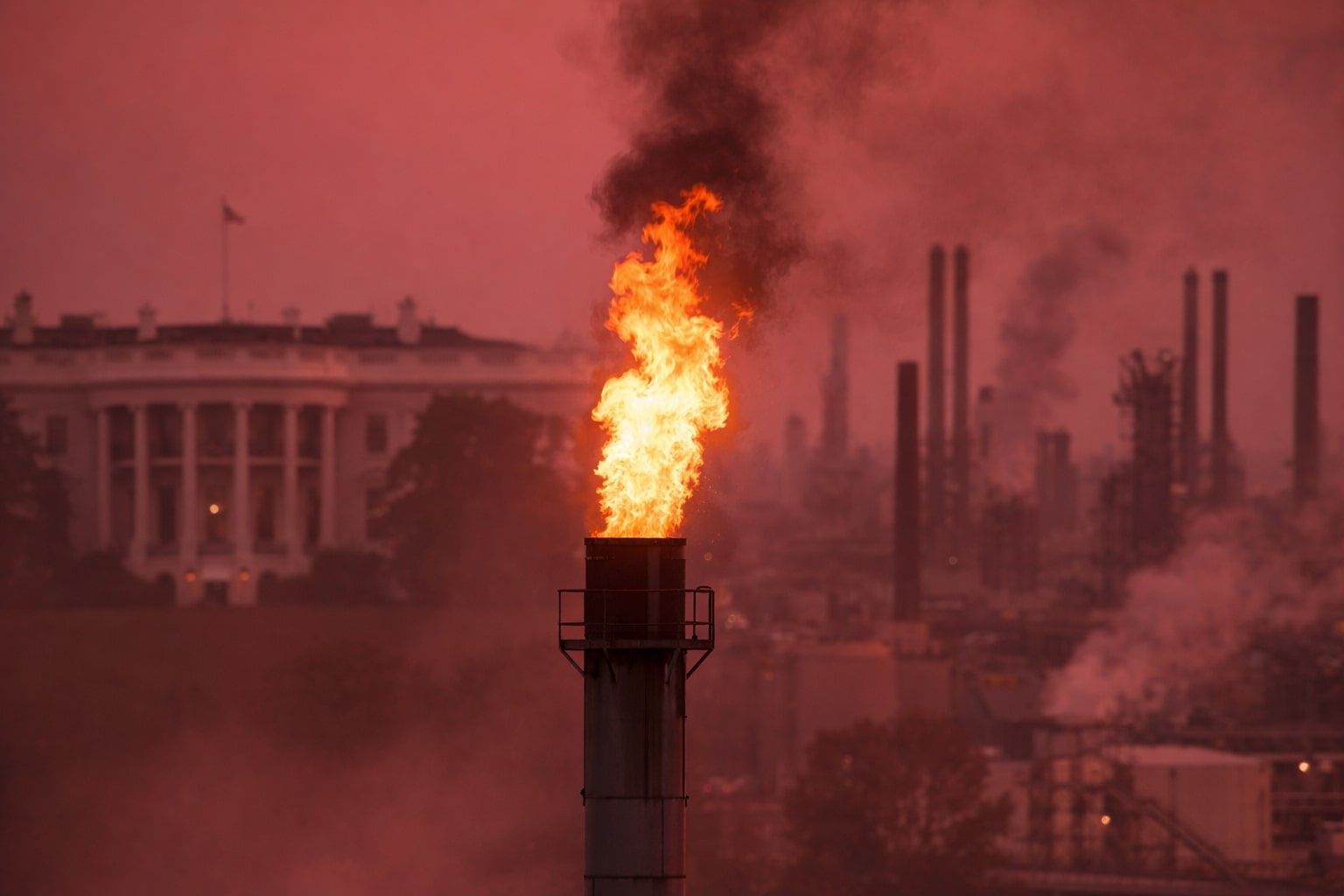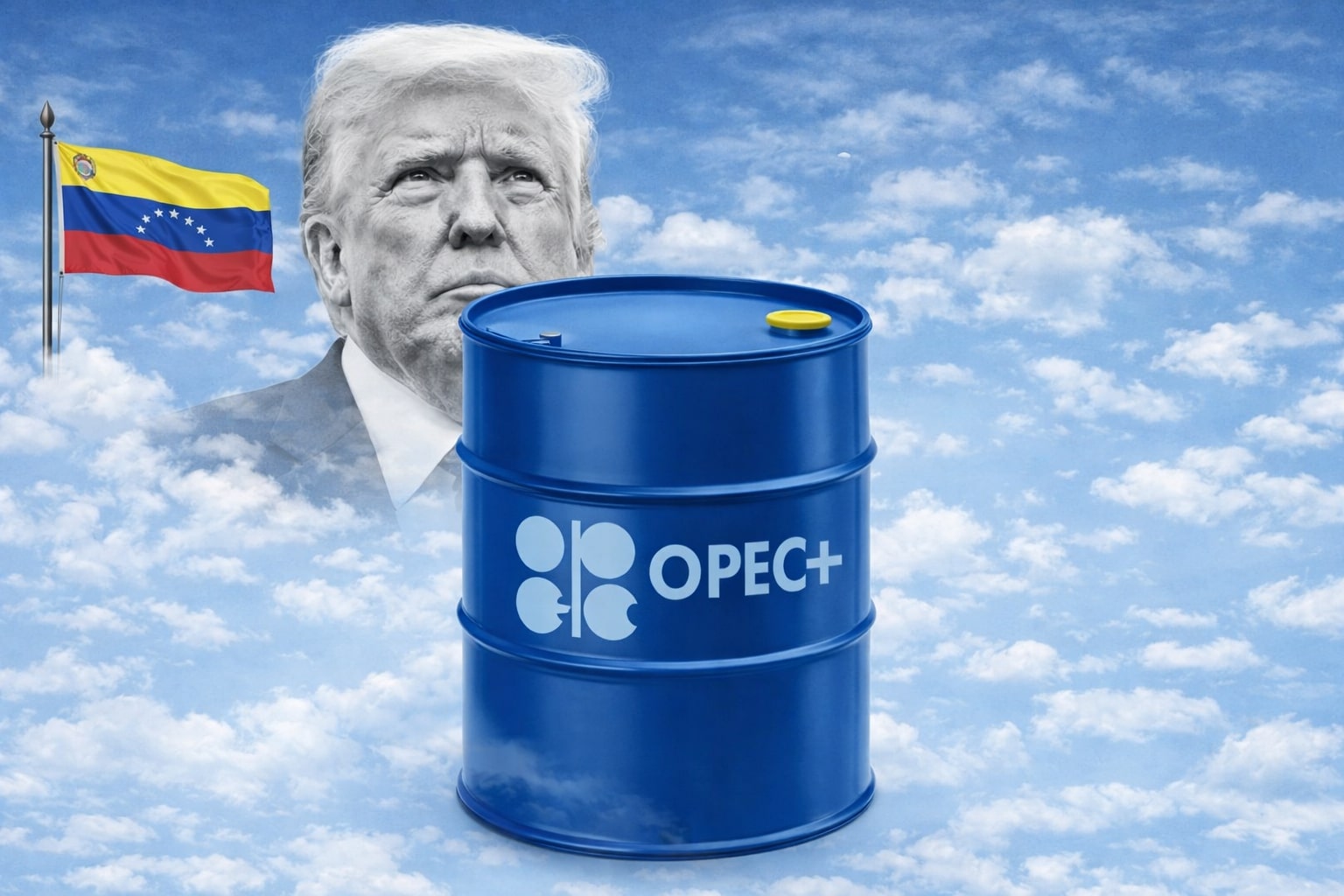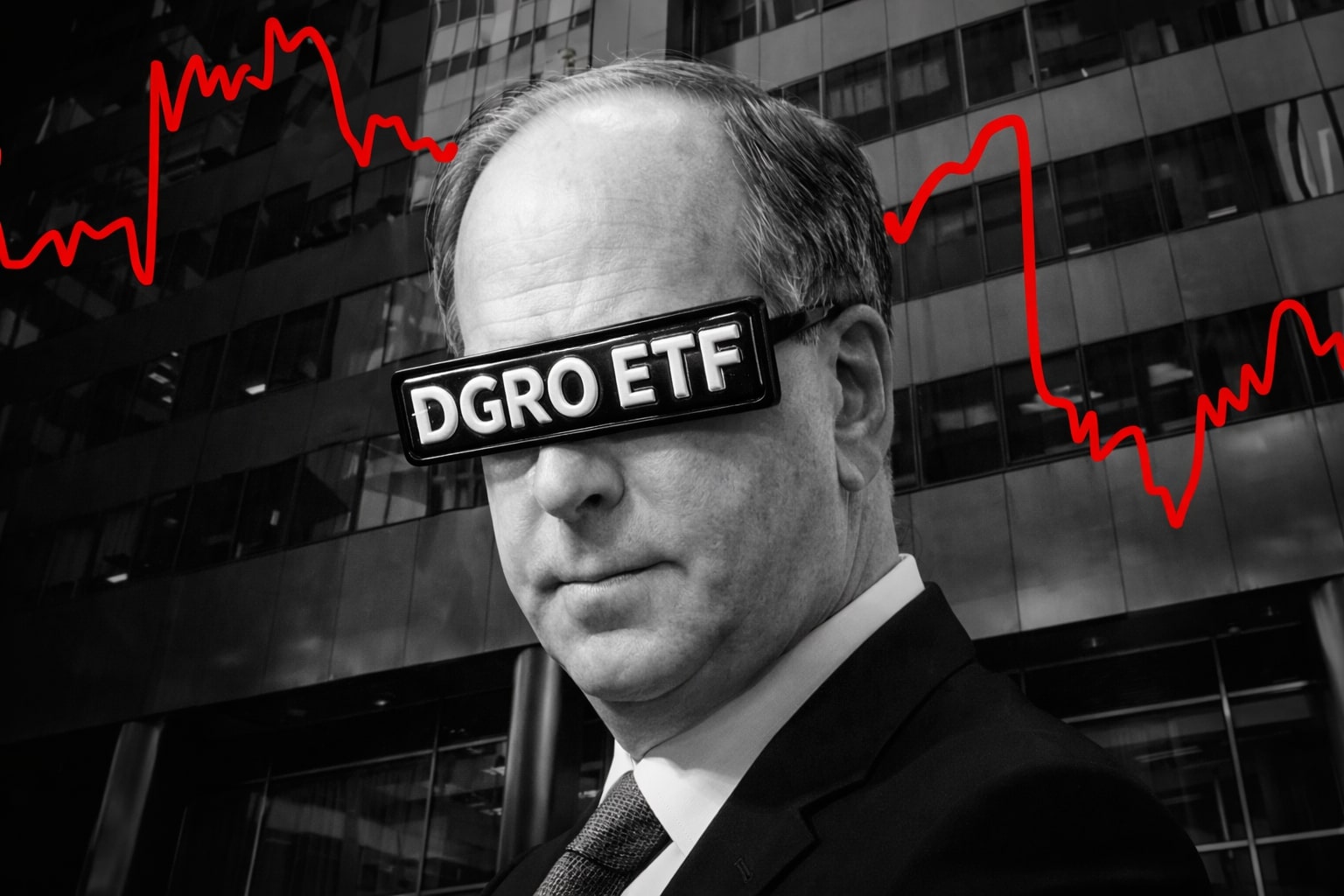
Natural Gas Price Forecast: NG=F $2.96 Futures Balancing Weather Demand and Supply Glut
With record U.S. output, above-average storage, and surging data-center electricity use, Natural Gas (NG=F) faces a tug of war between bullish demand spikes and bearish oversupply | That's TradingNEWS
Natural Gas (NG=F) Market Outlook and Price Levels
Natural Gas futures (NG=F) entered mid-September under mixed pressures. On Friday, October contracts closed at $2.96 per MMBtu, up 0.24% from the prior session after forecasts pointed to hotter weather across the southern U.S. between September 17–21, spurring expectations of higher demand from power generators. That bounce came after a 1.5-week low earlier in the week, when the EIA reported a storage injection of +71 bcf, above consensus at +68 bcf and well above the five-year average of +56 bcf. Inventories now sit +6% above the five-year seasonal norm and only 1.3% lower year over year, signaling ample supply. Europe also sits comfortably at 80% storage levels against a historical 86%, another cap on price strength.
Production and LNG Export Dynamics Driving NG=F
Dry gas production in the lower-48 reached 108 bcf/day, up 7.1% year on year and near record highs. The EIA revised its 2025 production forecast to 106.63 bcf/day, up from 106.40 in August. Rig counts touched a two-year high, underscoring the supply overhang. U.S. LNG exports remain solid but dipped slightly with net flows at 14.5 bcf/day, down 4.7% week over week due to pipeline maintenance. EQT, the Appalachian Basin’s largest producer, is attempting to bypass traditional middlemen by signing contracts to buy LNG from Gulf Coast terminals and sell directly to Europe and Asia. These volumes, totaling 4.5 million tons annually, amount to 5% of U.S. exports. While U.S. benchmark gas is priced around $3 per MMBtu, European and Asian buyers continue paying $11+, creating a wide arbitrage. EQT’s move raises competition against majors like Shell (SHEL), BP (BP), and ConocoPhillips (COP), but also underscores a structural push by U.S. producers to capture margin beyond Henry Hub pricing.
International Pricing and Spot Market Activity
In Turkey’s spot market, 1,000 cubic meters of natural gas traded at 14,332 lira on Sept. 13, equal to $346 at prevailing FX rates. Spot trade volumes fell 18.7% to 11.68 million lira, with 816,000 cubic meters transacted. Meanwhile, pipeline deliveries into Turkey remained strong at 122 million cubic meters. Globally, LNG deals are expanding, with Turkey securing 15 bcm over three years through new contracts signed at Gastech 2025. These long-term arrangements highlight strong international demand even as regional spot markets soften.
Corporate and Contractual Developments
Puerto Rico’s Fiscal Oversight Board is finalizing a 15-year, $20 billion LNG supply contract with New Fortress Energy (NFE) despite the company’s financial struggles, including a $557 million Q2 loss and a stock price collapse to $1.31 from $35.58 in 2024. NFE controls the San Juan dock, the island’s sole LNG gateway until 2038, giving it leverage despite balance-sheet distress. The deal reflects how infrastructure bottlenecks can sustain high-cost suppliers even in weak financial health, with direct implications for regional LNG pricing and reliability.
Egypt and Regional Supply Expansion
Egypt’s Ministry of Petroleum reported higher production rates as new seismic surveys and foreign partnerships accelerate. Floating storage and regasification units (FSRUs) have stabilized summer demand without load shedding. Egypt also aims to leverage its 3 trillion cubic feet reserves and petrochemical sector to secure export commitments. The government signed new exploration agreements, with international majors like TotalEnergies and ADNOC signaling interest. This positions Egypt as a regional hub, further shaping supply flows into Europe and Asia.
Read More
-
DGRO ETF Price: Is DGRO at $69.17 Still the Better Dividend-Growth Bet?
17.12.2025 · TradingNEWS ArchiveStocks
-
XRP Price Stuck Below $2 As XRPI at $10.74 and XRPR at $15.26 Ride $1B+ ETF Inflows
17.12.2025 · TradingNEWS ArchiveCrypto
-
Natural Gas Price Forecast - NG=F Steady Near $4 as TTF Jumps on Colder Forecasts and LNG Outage Risk
17.12.2025 · TradingNEWS ArchiveCommodities
-
USD/JPY Price Forecast: USDJPY=X 155.50 Pivot Before BoJ Hike and US CPI
17.12.2025 · TradingNEWS ArchiveForex
Macro Shifts: Data Centers and U.S. Power Demand
A new driver of domestic gas consumption is emerging from the AI boom. Data centers consumed 4.4% of total U.S. electricity in 2023, projected to rise to between 6.7% and 12% by 2028. Facilities under construction, some drawing power equivalent to 176,000 homes, are cementing natural gas as a backstop fuel as renewables struggle to scale at the pace of demand. Utilities have doubled natural gas capacity plans in just 18 months, adding 52 GW of new gas builds, while delays in connecting solar and wind projects—now averaging five years—leave fossil fuels dominant. Utilities favor gas plants because regulatory processes let them pass fuel costs to consumers directly, creating long-term reliance despite climate mandates.
Price Risks and Seasonal Factors
Short-term demand is highly weather dependent. The warmer forecast through late September supports NG=F near $3.00, but bearish risks remain from production oversupply and above-average storage. European storage comfort adds downward pressure, with winter risk premium not yet built into pricing. If U.S. demand spikes from heat waves or if LNG flows recover post-maintenance, upside could test $3.20–$3.30 resistance. On the downside, sustained injections above 70 bcf per week could drag futures back toward $2.75–$2.80 support.
Investment Call on Natural Gas (NG=F)
Natural Gas presents a complex mix of bullish catalysts—weather, LNG arbitrage, and data-center electricity demand—against heavy bearish forces from record production, high storage, and structural oversupply risks into 2027. EQT’s direct-to-Europe strategy shows producers’ push for margin capture but also highlights growing competition with supermajors. NFE’s contract saga underscores geopolitical supply chokepoints. With NG=F holding just below $3.00, the market is balanced but vulnerable to storage builds and production growth. Based on current fundamentals, the outlook leans Neutral to Bearish, and the call is Hold, with tactical trading opportunities on weather-driven spikes but limited sustained upside until winter heating demand tightens balances.



















